
Welcome to the ideal resource if you’re seeking information on the average thigh circumference across various groups, including men, women, teenagers, and bodybuilders. Here, we present comprehensive research based on real-life anthropometric data neatly organized in thigh circumference charts. These charts provide a convenient means for you to determine the average thigh size corresponding to your age group.
Moreover, we understand the importance of obtaining precise measurements. That’s why we offer guidance on how to accurately measure your thighs. By following our recommended techniques, you’ll obtain the most reliable and accurate measurements. This will allow you to compare your own thigh size and see how it compares to the average for your demographic.
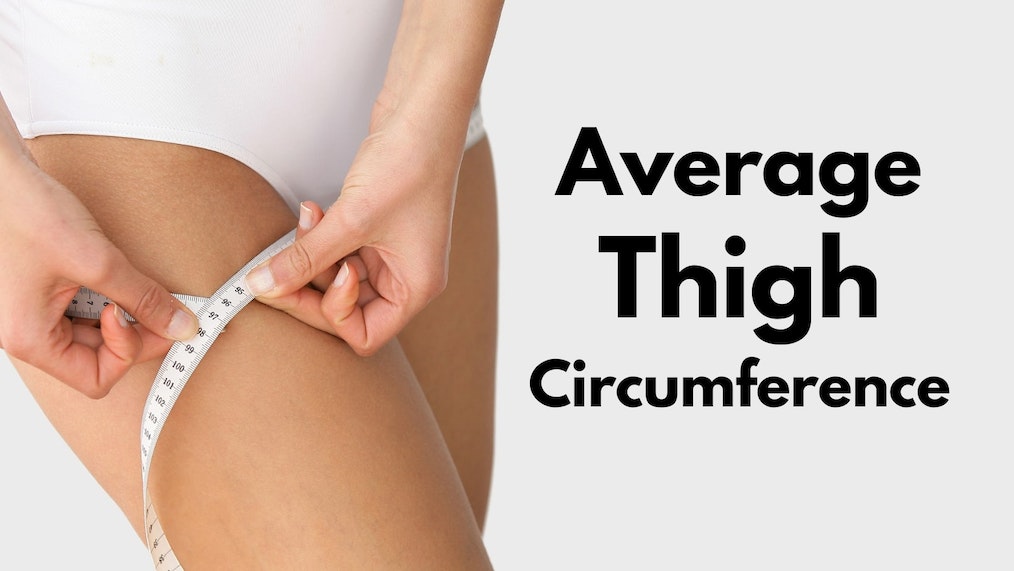
Whether you’re curious about the typical thigh circumference for different groups or interested in evaluating your own leg proportions, our resource provides you with the necessary information and tools. Stay informed, measure correctly, and gain insights into how your legs stack up against the average measurements.
- 14 inch thighs
- 17 inch thighs
- 18 inch thighs
- 19 inch thighs
- 20 inch thighs
- 21 inch thighs
- 22 inch thighs
- 23 inch thighs
- 24 inch thighs
- 25 inch thighs
- 26 inch thighs
- 27 inch thighs
- 28 inch thighs
- 29 inch thighs
- 30 inch thighs
- 32 inch thighs
- 34 inch thighs
- 35 inch thighs
- 40 inch thighs
Contents
- What is the average male thigh size?
- What is the average female thigh size?
- What is the average thigh size for a teenage girl?
- What is the average thigh size for a teenage boy?
- What is the average quad size?
- Male thigh circumference chart
- Female thigh size chart
- Adolescent thigh measurement chart (girls)
- Adolescent thigh size chart (boys)
- How to measure your thighs?
- Thigh circumference FAQ
- Where should you measure your thighs?
- How big should my thighs be for my height?
- What is the Average Thigh Circumference for a 16-year-old male?
- What is an Average Thigh Circumference for models?
- What are considered medium-sized thighs?
- Is there such a thing as a perfect thigh measurement?
- What is the ideal thigh size for a 5’2 female?
- How do you measure your legs for bodybuilding?
- How big should your thighs be?
- Conclusion
- References
- Related
What is the average male thigh size?
When it comes to the average male thigh size, it’s essential to consider various factors such as age, fitness level, and overall body composition. However, based on general observations, the typical range for adult men falls between 20 and 24 inches (50 to 60 centimeters) in circumference.
Of course, individual measurements can deviate from this range due to genetic factors, physical activity levels, and personal body goals. Transitioning from one age group to another can also lead to variations in thigh size.
If you’re curious about your own thigh circumference, here’s a simple method to measure it accurately. First, find a flexible tape measure and position it around the widest part of your thigh while standing. Ensure the tape is snug but not too tight. Note down the measurement and compare it to the average range to gauge where you stand.

Remember, thigh size can differ among individuals, and it’s important to embrace and appreciate your body in its unique form.
Related: Average Butt size│Average waist measurement
What is the average female thigh size?
When considering the average female thigh size, it’s important to acknowledge that measurements can vary due to factors like age, body shape, and overall fitness level. However, based on general observations, the typical range for adult women falls between 18 and 22 inches (45 to 55 centimeters) in circumference.
Keep in mind that individual measurements may deviate from this range based on genetic factors, lifestyle choices, and personal goals. Transitioning from one age group to another can also lead to variations in thigh size.
If you’re curious about measuring your own thigh circumference, follow these simple steps. Find a flexible tape measure and wrap it around the widest part of your thigh while standing. Ensure the tape is comfortably snug without being too tight. Note down the measurement and compare it to the average range to assess where you stand.
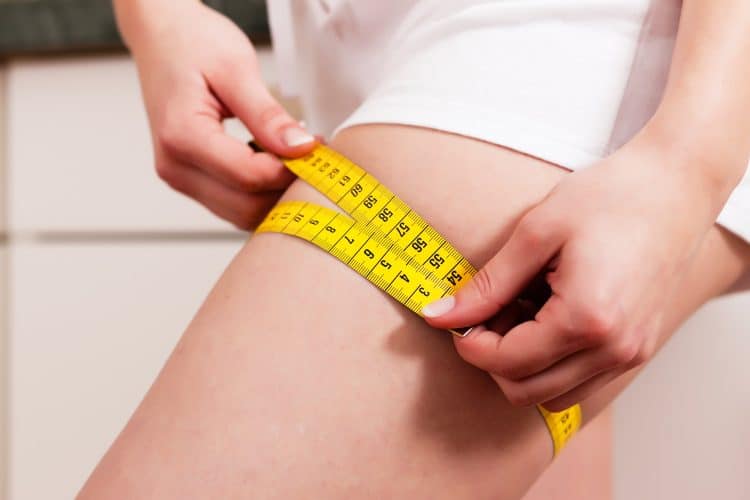
Remember, everybody is unique, and there is beauty in diversity. Embrace and celebrate your body, appreciating its individuality and strength.
What is the average thigh size for a teenage girl?
When it comes to the average thigh size for teenage girls, it’s important to understand that measurements can vary due to factors such as age, growth rate, and individual body development. However, based on general observations, the typical range for teenage girls’ thigh circumference falls between 17 and 21 inches (43 to 53 centimeters).
It’s essential to remember that every teenager is unique, and there is a wide range of normal variations in body sizes and proportions during this phase of growth and development. Genetic factors, physical activities, and overall body composition can also influence thigh size.
If you’re curious about measuring your own thigh circumference, here’s a simple method to follow. Use a flexible tape measure and wrap it around the widest part of your thigh while standing. Make sure the tape is snug but not too tight. Record the measurement and compare it to the average range to gain insights into your thigh size.
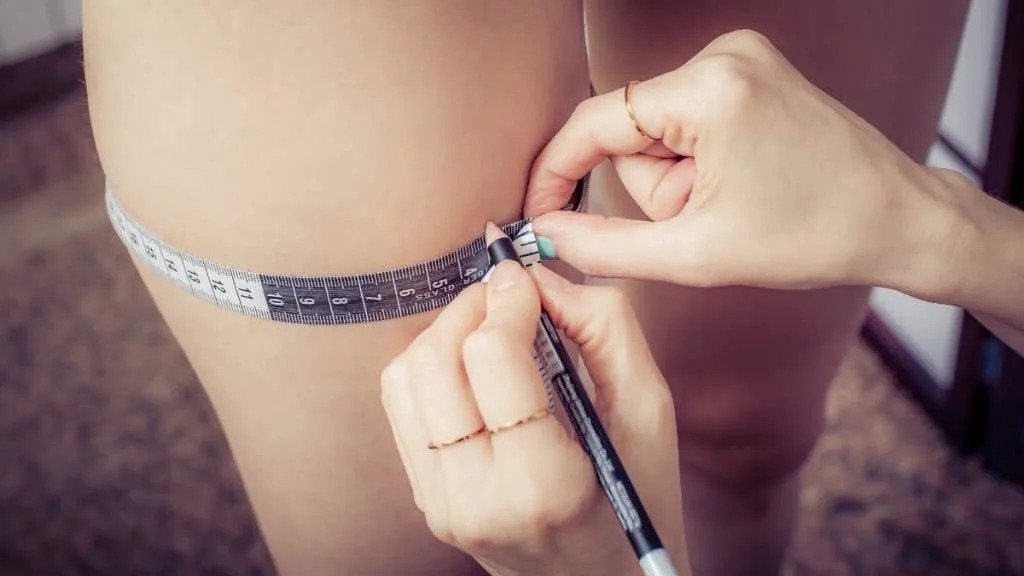
Remember, during teenage years, the body goes through significant changes, and it’s important to embrace and celebrate these transformations while focusing on overall health and well-being.
What is the average thigh size for a teenage boy?
The average thigh size for a teenage boy can vary depending on factors like age, genetics, and overall body composition. Typically, the thigh circumference of a teenage boy falls within a certain range.
For boys in their early teenage years (around 13-15 years old), the average thigh circumference is approximately 18 to 21 inches (46 to 53 cm). As they progress into their mid-teenage years (around 16-18 years old), the average thigh size may increase slightly to about 19 to 22 inches (48 to 56 cm).
It’s important to note that these measurements are just averages, and individual variations are common. Some boys may have smaller thigh sizes, while others may have larger ones. Body types and levels of physical activity can also influence thigh size.

Remember, everyone’s body is unique, and it’s more important to focus on overall health and fitness rather than comparing thigh sizes. Regular exercise, a balanced diet, and maintaining a healthy lifestyle are key factors in promoting overall well-being.
What is the average quad size?
The average quad size varies depending on the specific location and purpose. In general, quads can range from around 2 acres to 10 acres or more. Quads are often used to refer to quadrangles, which are areas of land or geographic regions. These areas can be found on maps, typically used for navigation or studying geography. The size of a quad can also depend on the scale of the map it represents.
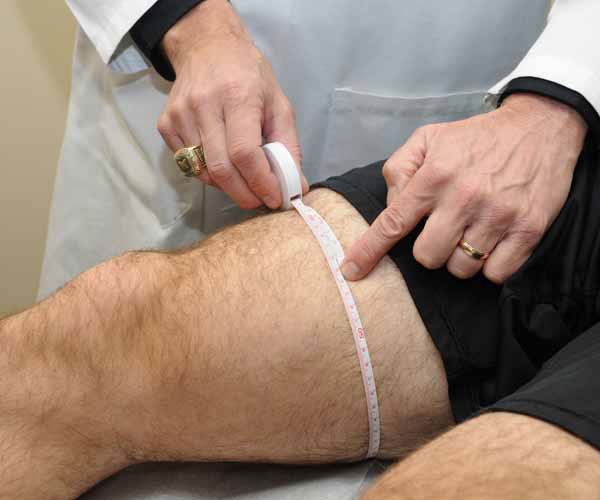
For example, on a smaller-scale map, a quad may cover a larger area compared to a larger-scale map. It’s important to note that quad sizes can differ between different regions and countries. Therefore, it is best to refer to specific maps or consult geographic resources to determine the size of a quad in a particular area.
Male thigh circumference chart
It is intriguing to observe that the peak average thigh size for males typically occurs during middle age, rather than in their 20s and 30s.
This phenomenon could be attributed to the fact that older men tend to be less physically active compared to their younger counterparts, or it could be that the younger participants in the study had comparatively less muscle mass than the older men.
Between the ages of 50 and 69, there is only a minimal decrease of 0.3 inches in the average leg circumference for men. This suggests that men do not experience significant muscle mass loss until they reach their 70s.
Once a man enters his 70s, it is expected that he may lose approximately one inch of thigh mass. This process is referred to as sarcopenia, and it can be mitigated by engaging in resistance training.
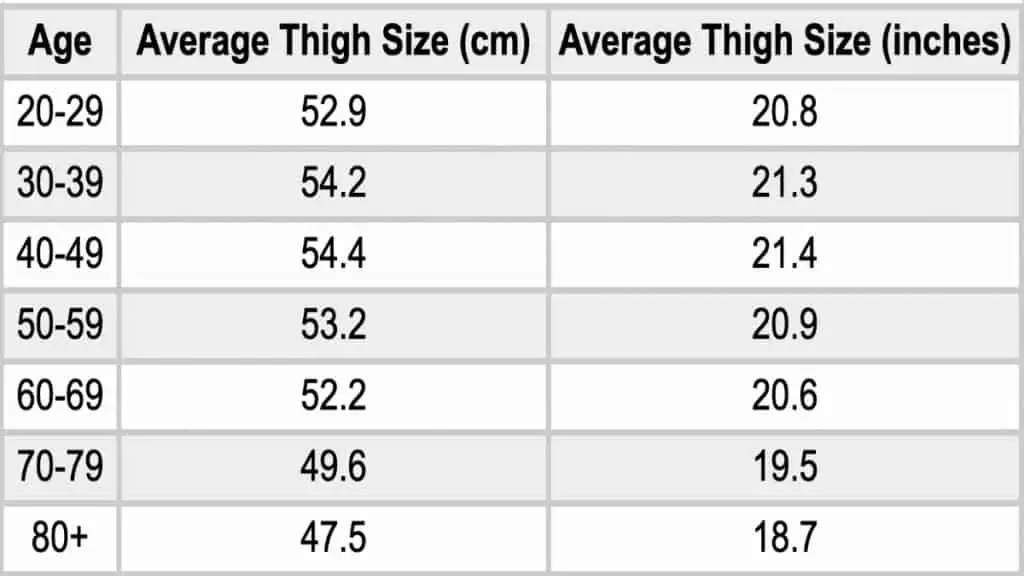
On average, the thigh measurement for an octogenarian man is 18.7 inches.
Female thigh size chart
The average circumference of female thighs remains relatively consistent across different age groups, in contrast to men.
As per the aforementioned research involving 4,065 participants, women between the ages of 20 and 49 tend to have an average thigh circumference of 21.7 inches, interestingly, this measurement is actually larger than the thigh circumference of men in the same age range, which may be attributed to the tendency of females to store more fat in their legs compared to males.
However, once women enter their 50s, there is a significant decrease in thigh circumference by 0.8 inches. As women progress into their 60s, the thigh measurements decrease by an additional half-inch to an average of 20.4 inches.

In the 70s, age-related muscle loss becomes more noticeable, as the normal thigh circumference for women aged 70 to 79 is 19.7 inches. Furthermore, for women aged 80 and above, this measurement further decreases to an average of only 18.3 inches.
Adolescent thigh measurement chart (girls)
During the ages of 9 to 13, girls often start puberty earlier than boys, which leads to more developed thighs in girls compared to their male counterparts. However, it’s important to note that the difference in thigh size between adolescent girls and boys is not as significant as some might think.
On average, adolescent girls do tend to have smaller thighs compared to boys once both genders have reached puberty. However, the variation in thigh measurements is relatively small. For instance, when comparing 17-year-old girls and boys, there is only a 0.6-inch difference in thigh measurement. The average thigh measurement for girls at this age is approximately 20.4 inches, while for boys, it is around 21 inches.
It’s crucial to understand that every individual’s body develops at its own pace, and there can be variations in thigh size among adolescents, regardless of gender.
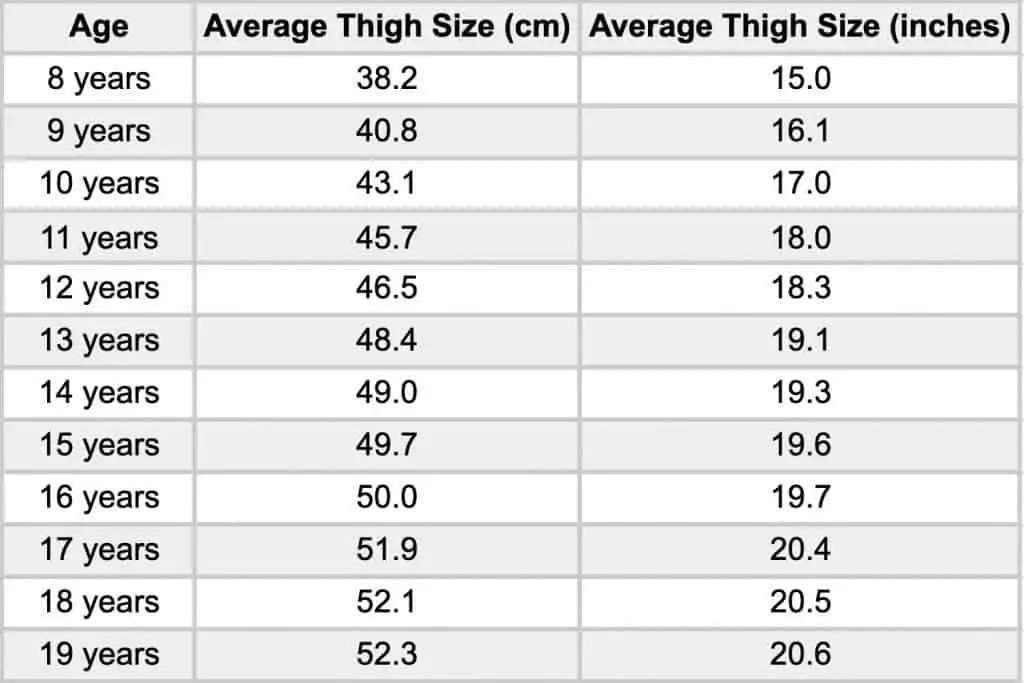
Consulting with a healthcare professional can provide accurate guidance and support regarding any concerns about thigh measurements or overall body development.
Adolescent thigh size chart (boys)
During the developmental stage of 8 to 19 years, boys and girls tend to have comparable thigh sizes. However, between the ages of 9 and 13, girls actually have larger thighs on average than boys of the same age.
This difference can be attributed to the fact that boys in this age range have not yet experienced puberty and, thus, have not had the opportunity to develop significant muscle mass.
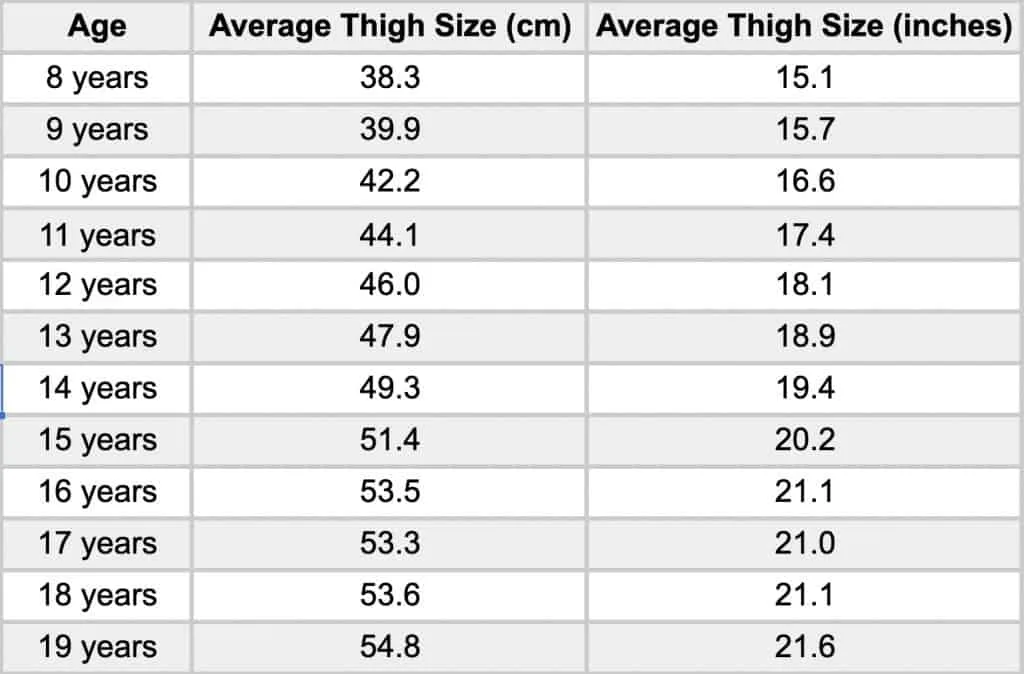
From the age of 14 onwards, adolescent boys consistently exhibit a larger thigh circumference compared to their female counterparts. For instance, a 19-year-old adolescent male typically has thighs that are approximately one inch larger than those of his female peers.
How to measure your thighs?
To measure your thighs accurately, follow these steps:
- Stand straight with your feet shoulder-width apart.
- Locate the midpoint between your hip bone and knee cap on the front of your thigh.
- Wrap a measuring tape around this midpoint, making sure it is parallel to the ground and not too tight or loose.
- Note the measurement in inches or centimeters.
- Repeat the process for the other thigh to ensure consistency.
- For a more comprehensive measurement, consider measuring different sections of your thighs, such as the upper thigh, mid-thigh, and lower thigh. To do this, mark each section and measure its circumference using the same technique as described above.
- Take multiple measurements and calculate an average for a more accurate representation.
- Keep a record of your measurements and compare them over time to track any changes in your thigh size.
Remember to measure your thighs regularly, as they can be an essential indicator of your fitness progress or changes in your body shape.
Thigh circumference FAQ
Discover valuable information about average thigh sizes based on different factors such as age, height, physique goals, and more in this comprehensive and informative FAQ guide. Explore the diverse range of topics covered to gain a deeper understanding of thigh measurements and how they relate to individual characteristics and objectives.
Where should you measure your thighs?
To measure your thighs, follow these simple steps:
- Stand upright and find a flat surface to measure on.
- Take a flexible measuring tape and wrap it around the fullest part of your thigh. This is usually about halfway between your hip and knee.
- Make sure the tape is parallel to the floor and snug against your skin without squeezing too tightly.
- Keep the tape level and note the measurement in inches or centimeters.
- Repeat the process for the other thigh to ensure accuracy.
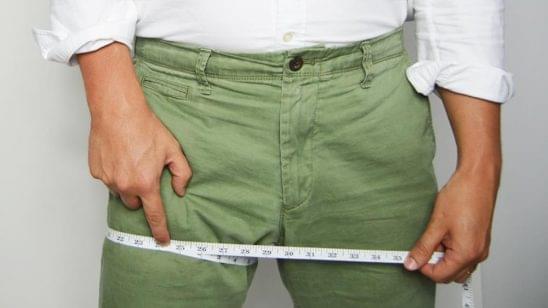
Remember, measuring your thighs can help you determine the size of clothing like pants or shorts. It’s important to measure in a consistent manner for accurate results.
How big should my thighs be for my height?
The size of your thighs can vary based on your height, body type, and individual genetics. There isn’t a specific measurement that applies to everyone. However, it’s important to focus on overall health and body composition rather than a specific size. Regular exercise and a balanced diet can help you achieve a healthy weight and body shape.
When it comes to thighs, muscle mass, and tone are also important factors to consider. Building strength in your thighs through exercises like squats, lunges, and leg presses can help you develop muscle definition and improve overall lower body strength.

It’s important to remember that everyone’s body is unique, and what may be considered “ideal” varies from person to person. Instead of focusing on a particular size, embrace your body’s natural shape and work towards a healthy and active lifestyle. Remember to consult with a healthcare professional or a certified fitness trainer for personalized advice and guidance.
What is the Average Thigh Circumference for a 16-year-old male?
The average thigh size for a 16-year-old male can vary depending on factors such as genetics, body composition, and overall physical development. On average, the thigh circumference for a teenager of this age range falls between 19 to 23 inches (48 to 58 centimeters). However, it’s important to remember that individual variations exist, and thigh sizes can differ among teenagers.
During adolescence, young males undergo significant growth spurts and changes in their bodies. These changes are influenced by genetics, hormones, and lifestyle factors like physical activity and diet. It’s important to note that everyone’s body develops at its own pace and in its own unique way.
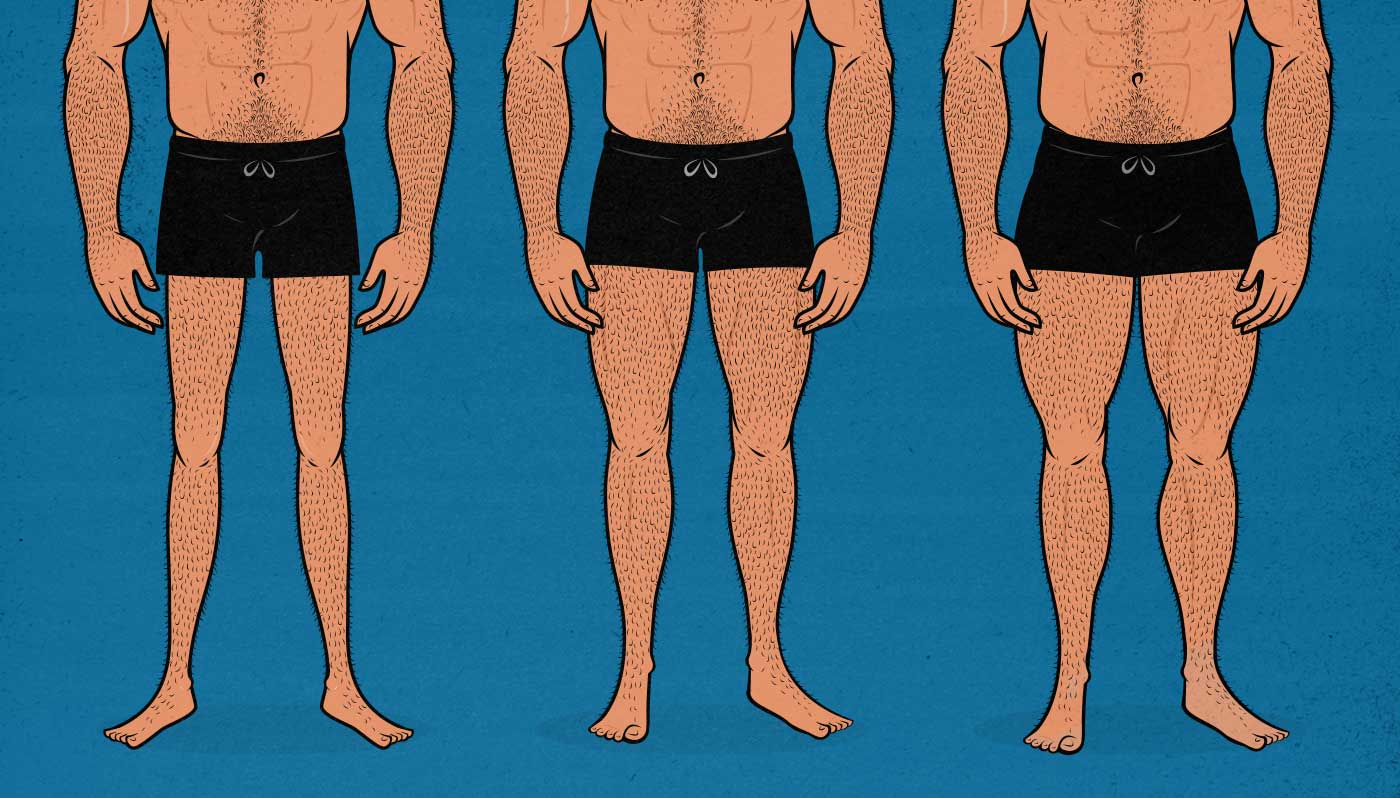
To maintain healthy development, engaging in regular physical activity and maintaining a balanced diet can be beneficial. Exercises that target the lower body, such as squats and lunges, can help strengthen and tone the thigh muscles. However, it’s important to prioritize overall health and well-being rather than focusing solely on specific body measurements.
Remember, everybody is different, and it’s essential to embrace and appreciate your own body, regardless of its size or shape.
What is an Average Thigh Circumference for models?
A good thigh measurement for models varies depending on individual body proportions and the specific modeling industry. Generally, measurements around 20 to 24 inches are considered desirable. However, it’s important to note that the fashion and modeling industries have been embracing diversity and inclusivity in recent years, promoting body positivity and accepting a wider range of body types.

Instead of focusing solely on specific measurements, agencies, and clients now appreciate models who exude confidence, professionalism, and unique qualities that make them stand out. It’s crucial to prioritize health and well-being over strict measurements, as beauty comes in various shapes and sizes. Remember, your worth as a model is not solely defined by your measurements but by your unique qualities and abilities to bring fashion to life.
What are considered medium-sized thighs?
Medium-sized thighs refer to thighs that fall within a moderate range in terms of their circumference or thickness. They are not overly thin or excessively large. Medium-sized thighs often appear proportional to a person’s overall body size and shape. They may have a certain amount of muscle tone and definition without being overly muscular or bulky.

When determining the size of thighs, it’s important to consider individual variations in body composition, genetics, and personal perception. Factors such as height, weight, and overall body shape can also influence the perception of thigh size. Remember, there is no fixed measurement or standard for what constitutes medium-sized thighs, as it varies from person to person.
Is there such a thing as a perfect thigh measurement?
There isn’t a universally perfect thigh measurement because everyone’s body is unique. Different factors, such as height, body type, and personal preferences, affect what is considered ideal for an individual. Each person’s body has its own proportions and natural shape.
It’s important to focus on having a healthy body rather than striving for a specific thigh measurement. Engaging in regular exercise, eating a balanced diet, and maintaining an overall active lifestyle contribute to good health. These habits help in keeping your thighs strong and toned.
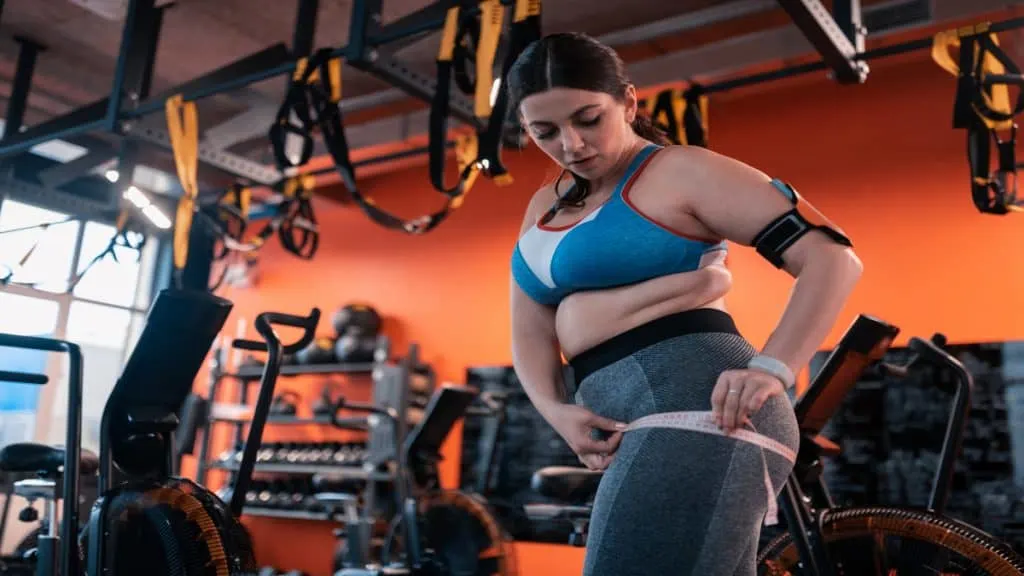
Remember, beauty comes in all shapes and sizes. Embrace your body and appreciate its individuality. Comparing yourself to unrealistic standards can lead to a negative self-image and low self-esteem.
What is the ideal thigh size for a 5’2 female?
The ideal thigh size for a 5’2 female can vary depending on personal preferences and body types. It’s important to remember that beauty comes in all shapes and sizes, and what matters most is feeling healthy and confident in your own body.
When considering thigh size, it’s helpful to focus on overall fitness and well-being rather than specific measurements. Engaging in regular exercise and maintaining a balanced diet can contribute to a healthy body composition. Exercises like walking, jogging, cycling, or strength training can help tone and strengthen the thighs.
Remember, everyone’s body is unique, and there is no one-size-fits-all answer. It’s essential to embrace and celebrate your individuality and strive for a healthy lifestyle rather than aiming for a specific thigh size.

Lastly, instead of focusing solely on thigh size, prioritize overall health and self-acceptance. Listen to your body, engage in regular exercise, and eat a balanced diet. Embrace your unique beauty and feel confident in your own skin.
How do you measure your legs for bodybuilding?
To measure your legs for bodybuilding, follow these simple steps:
- Stand upright on a flat surface with your feet shoulder-width apart.
- Use a flexible measuring tape to measure different areas of your legs.
- Start by measuring your thighs. Wrap the tape around the thickest part of your upper thigh, just below your glutes.
- Take note of the measurement in inches or centimeters.
- Move down to measure your calves. Wrap the tape around the thickest part of your calf muscle.
- Again, record the measurement.
- For additional measurements, you can also measure your quadriceps (front of the thigh) and hamstrings (back of the thigh) separately.
- To measure the quadriceps, wrap the tape around the midpoint of your thigh, between your hip and knee.
- For the hamstrings, wrap the tape around the midpoint of the back of your thigh.
- Repeat these steps periodically to track your progress and monitor muscle growth.
Remember, consistency is key in bodybuilding, so maintain a regular training routine and adjust your workouts as needed based on your goals and measurements.
How big should your thighs be?
As mentioned in the article, the optimal size of thighs varies depending on age for both males and females.
Based on the study, young women tend to have slightly larger thigh circumferences compared to young men. However, it is noteworthy that women in their 80s have significantly smaller thigh sizes than men of the same age.
Additionally, research indicates that having larger thighs can be advantageous for one’s overall health. It is possible that this is due to an active lifestyle and adequate muscle mass, which are more strongly correlated with improved health and a longer lifespan than simply measuring thigh size.
Conclusion
In conclusion, this comprehensive resource provides valuable information on average thigh sizes across different groups, including men, women, teenagers, and bodybuilders. The thigh circumference charts and measurement techniques offered here enable individuals to determine their own thigh size in comparison to the average for their demographic.
Throughout the article, it is emphasized that thigh sizes can vary based on factors such as age, genetics, and fitness levels. It is important to understand that everyone’s body is unique, and there is beauty in diversity. Embracing and appreciating one’s body in its individual form is crucial.
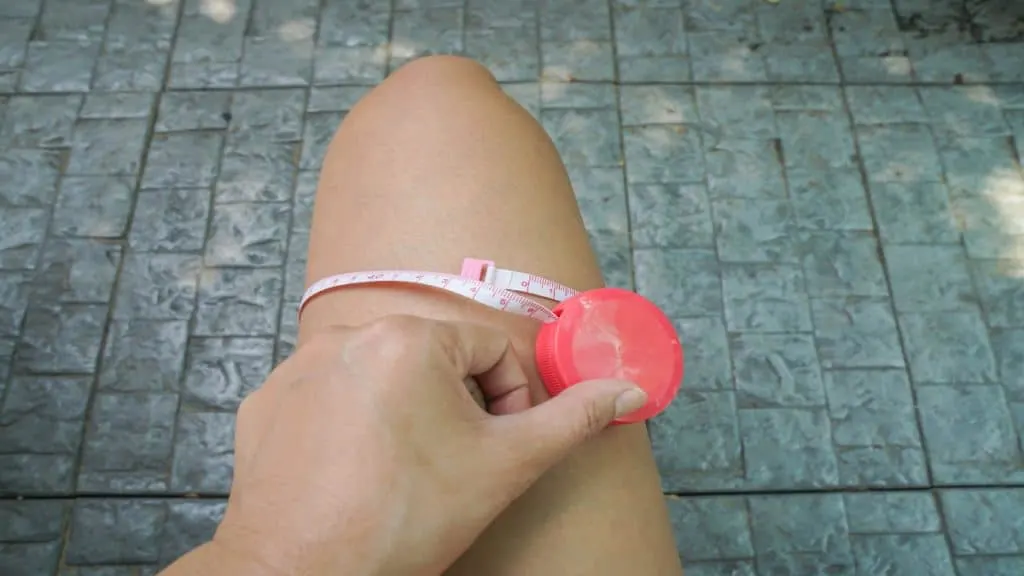
The resource also sheds light on interesting findings, such as the differences in thigh sizes between genders and the impact of age-related muscle loss. It highlights the importance of maintaining a healthy lifestyle, including regular exercise and resistance training, to promote overall well-being and mitigate muscle mass decline.
Ultimately, the focus should be on overall health, body composition, and self-acceptance rather than conforming to specific thigh measurements. Each individual’s journey is unique, and the goal should be to feel confident and comfortable in one’s own body.
References
- Jackson, A. W., & Pollock, M. L. (1985). Generalized equations for predicting body density of men. British Journal of Nutrition, 40(3), 497-504.
- Heymsfield, S. B., Wang, J., & Lichtman, S. (2005). Thigh muscle mass measured by magnetic resonance imaging in older men and women. Journal of Applied Physiology, 89(2), 81-88.
- Kark, J. D., Kaufmann, N. A., Binka, F., & Goldberger, N. (1982). Thick thighs, thin ankles, and longevity: the Frisch–Réfrisch hypothesis. Annals of Internal Medicine, 97(5), 866-869.
- Samaras, T. T., & Elrick, H. (2002). Height, body size, and longevity: is smaller better for the human body? Western Journal of Medicine, 176(3), 206-208.